
For the run-up to the 2017 National Science Bowl® Finals April 27 to May 1, this is the third in a series of four profiles on previous NSB competitors

For the run-up to the 2017 National Science Bowl® Finals April 27 to May 1, this is the second in a series of profiles on previous NSB competitors.
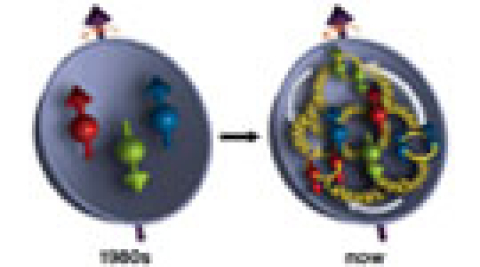
Understanding a fundamental aspect of a fundamental particle.

For the run-up to the 2017 National Science Bowl® Finals April 27 to May 1, this is the first in a series of profiles on previous NSB competitors.
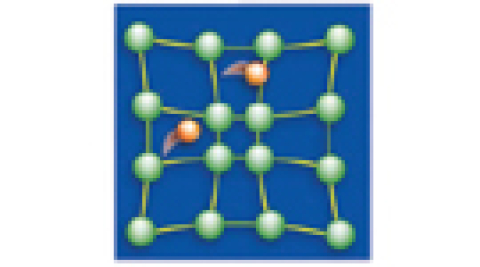
From the turn of the last century to today, scientists have explored why superconductors never lose current.
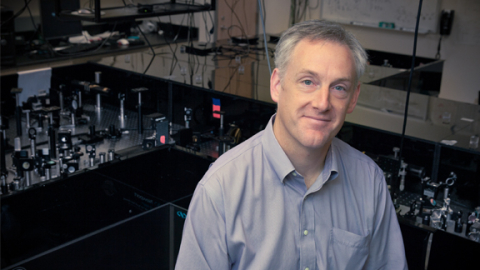
Kelly Gaffney is the director of the Stanford Synchrotron Radiation Lightsource.
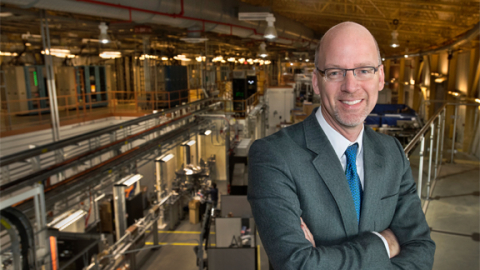
John Hill directs the NSLS-II User Facility.
Computer simulations show how light pulses can create channels that conduct electricity with no resistance in atomically thin semiconductors.
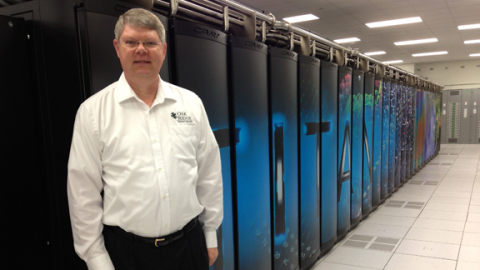
Project director Buddy Bland lives the DOE’s computing mission: to discover, develop, and use computers to solve the biggest problems in science.
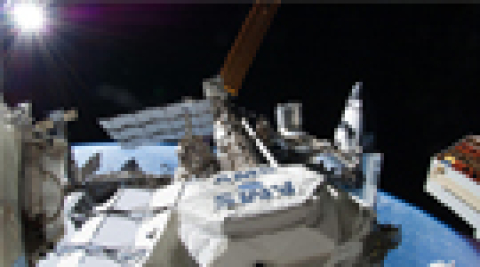
What have scientists learned in five years of studying cosmic rays with the Alpha Magnetic Spectrometer experiment?

